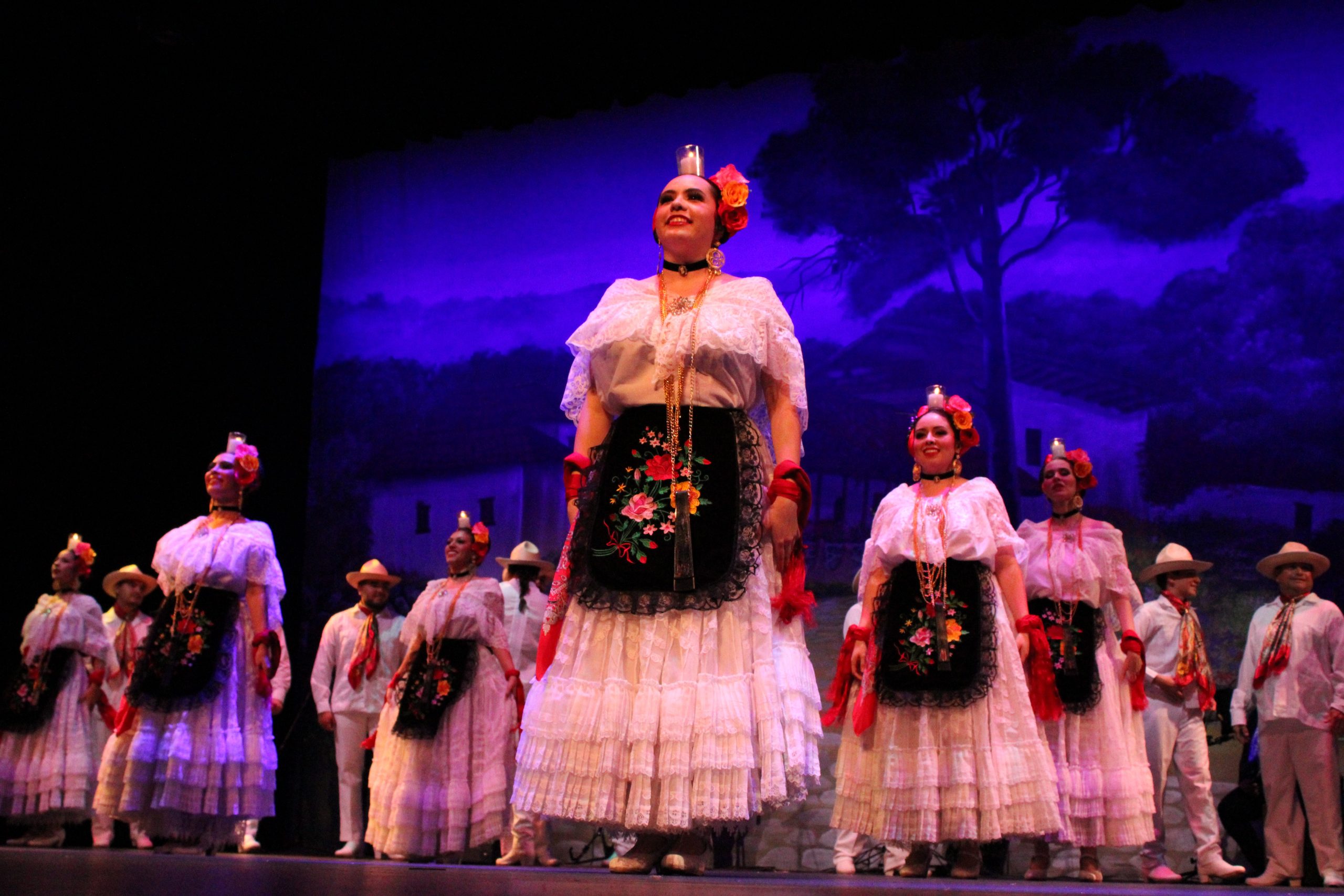 After much controversy in the past few weeks about the new Facebook changes, I’ve heard many people saying they are going to delete their accounts. If my last blog didn’t sway you to stay and power through the adjustments, then consider Twitter. With a simple interface, clutter free environment, and status only updates, Twitter may be the social network for you.
After much controversy in the past few weeks about the new Facebook changes, I’ve heard many people saying they are going to delete their accounts. If my last blog didn’t sway you to stay and power through the adjustments, then consider Twitter. With a simple interface, clutter free environment, and status only updates, Twitter may be the social network for you.
Twitter has done one thing that Facebook hasn’t for all these years: stayed consistent in its format. They haven’t changed their look since day one and most likely won’t be anytime soon. So if you like consistency, Twitter is the place for you.
But before we get started in your Twitter tutorial, you need to know the lingo first! Once you get it down, Twitter is a breeze and a whole new world will open up for you.
Get to know the Twitter lingo straight from Twitter:
- @username: The @ sign is used to call out usernames in Tweets, like this: Hello @Twitter! When a username is preceded by the @ sign, it becomes a link to a Twitter profile.
- Hashtag or #: The # symbol, called a hashtag, is used to mark keywords or topics in a Tweet. It was created organically by Twitter users as a way to categorize messages.
To learn more about hashtags follow this link to the Twitter Help Center-Hashtags - Direct Message: Also called a DM and most recently called simply a “message,” these Tweets are private between only the sender and recipient. Tweets become DMs when they begin with “d username” to specify who the message is for.
- Favorite: To favorite a Tweet means to mark it as one of your favorites by clicking the yellow star next to the message. You can also favorite via SMS. Read more about favorites.
- Follow: To follow someone on Twitter means to subscribe to their Tweets or updates on the site. Find out more about following, or learn how to follow others.
- Follower: A follower is another Twitter user who has followed you. Find out more about following, or learn how to follow others
- Following: Your following number reflects the quantity of other Twitter users you have chosen to follow on the site. Find out more about following.
- Lists: Curated groups of other Twitter users. Used to tie specific individuals into a group on your Twitter account. Displayed on the right side menu of your homepage. Learn more about lists.
- Mention: Mentioning another user in your Tweet by including the @ sign followed directly by their username is called a “mention”. Also refers to Tweets in which your username was included. Read more about replies and mentions. A
- Profile: Twitter page displaying information about a user, as well as all the Tweets they have posted from their account. Learn how to change your profile information.
- Protected/Private Account: Twitter accounts are public by default. Choosing to protect your account means that your Tweets will only be seen by approved followers and will not appear in search. Read more about the difference between public and protected accounts.
- Reply: A Tweet posted in reply to another user’s message, usually posted by clicking the “reply” button next to their Tweet in your timeline. Always begins with @username. Read more about replies and mentions.
- Retweet (noun): A Tweet by another user, forwarded to you by someone you follow. Often used to spread news or share valuable findings on Twitter. Find out more about retweets.
- Retweet (verb): To retweet, retweeting, retweeted. The act of forwarding another user’s Tweet to all of your followers. Find out more about retweets. Learn why you can’t retweet certain tweets
- RT: Abbreviated version of “retweet.” Placed before the retweeted text when users manually retweet a message. See also Retweet. Find out more about retweets
- Timeline: A real-time list of Tweets on Twitter. See also Home Timeline. Find out more about your timeline.
- Trending Topic: A subject algorithmically determined to be one of the most popular on Twitter at the moment. Find out more about trending topics.
- Tweet (verb): Tweet, Tweeting, Tweeted. The act of posting a message, often called a “Tweet”, on Twitter. Find out how to post a Tweet.
- Tweet (noun): A message posted via Twitter containing 140 characters or fewer. Find out how to post a Tweet.
- Verified: A process whereby a user’s Twitter account is stamped to show that a legitimate source is authoring the account’s Tweets. Sometimes used for accounts who experience identity confusion on Twitter.
What I love about Twitter is the clutter free environment. There is a consistent timeline of all the newest tweets from only the people you follow or your followers (as you learned above). Twitter has one of the easiest formats to master. The top consists of (from left to right) the search bar, the home button, your profile button, “who to follow”, a new tweet button, and drop down list with the settings, help, and sign out options. Then, it gets even easier. Under the “What’s happening?” header, is where you tweet. For those of you accustomed to Facebook, it is simply a status update.
Under that, you have a few options on how and what you want to view. Option A (and also the default view) is your timeline- a constant streaming, up to date scroll of all tweets from the people your follow. Option B: @mentions which is every tweet that mentions your username. You can mention someone using the “@” sign followed by any username (example: mention me by tweeting @emelleee).
The next option is “retweets.” This is a drop down list with the choice of viewing “retweets by others,” “retweets by you,” or “your tweets, retweeted.” The first is like your timeline, but just consists of all of the forwarded tweets from who you’re following. “Retweets by you,” are all the tweets your forward to your personal timeline. “Your tweets, retweeted,” are your tweets that people forward onto their timeline.
The “Searches” option is one of my favorite. You can search for anything or anyone and save each search so you can go back to it later. You can save your favorite tweeters, trends, or just ambiguous topics that interest you.

I also utilize the “Lists” option the most. You can create and customize lists to include anyone you follow, which is helpful when you want to view maybe just the tweets from people you actually know, or just the tweets from your favorite celebrities, news organizations, or just about anyone. It’s a easy way to filter your timeline to see exactly what you want.
What I love about Twitter over Facebook, is the Following and Followers feature. On Twitter you can see anyone’s tweets, whether you follow them or not (unless they set their profile to private, which most people do not). And to add them to your timeline, all you have to do is click “Follow” and their updates are automatically included on your home page. You can see who follows you and who you follow on the top right of your home page just by clicking the corresponding link.
So for you Twitter beginners, don’t worry if you don’t know who to follow! Twitter will even help you out with that. They have a “who to follow” suggestion page, where they offer accounts they think you will be interested in according to who you already follow. So to start you off, here is a list of the staffers here at the Foghorn (well the ones who have Twitter):
- @emelleee (this is my personal account!)
- @dmc_foghorn (the Foghorn’s Twitter account- Maddie Chalk)
- @rmuilenburg (our Journalism advisor- Robert Muilenburg)
- @kelseyren92 (our assistant managing editor- Kelsey Heatley)
- @attaboyaj (AJ Benavides)
- @dina_ruiz (Dina Ruiz)




